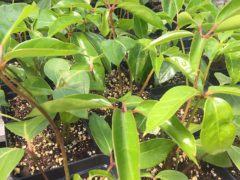
Australia umbrella tree
Schefflera actinophylla
Umbrella trees grow to 50 feet in their native Australia and New Guinea. In colder … Continued
Drought-tolerant and drought-resistant plants may still need supplemental water from time to time, but they can survive periods of dryness without dying.
Drought-resistant plants like cactus, hens and chicks, and sedums can go for very long periods without water and do not tolerate poorly drained locations. Drought-resistant tropical plants grown indoors in winter like cactus, Sansevieria, Echeveria, and other succulents sometimes fail due to overwatering.
Drought-tolerant plants grow in many textures and sizes and have different adaptations that help them get through periods of drought:
The latter two types of plants are drought tolerant once established because any new planting, regardless of drought tolerance, needs to be watered during the first growing season to allow roots to reach the depths needed to access moisture during dry periods.
It’s also important to note that survival may not mean that the plant will look its best during this time. Watering weekly for a longer period of time will result in the best-looking gardens with the highest tolerance for drought. During the hottest, dryest times in summer, watering deeply twice a week is recommended. These less frequent waterings will encourage root systems to expand, making it easier for plants to access moisture when their environment is dry.
Winter drought has become a bigger problem in recent years as snowfall declines. Evergreen plants are especially vulnerable during winter drought because their foliage continues to shed moisture while dormant deciduous plants have shed their leaves and can conserve moisture in woody stems and underground. Watering shrubs and trees in winter on days when the temperature allows (above freezing) will help ensure their healthy return in spring.
Here are some drought-tolerant and drought-resistant plants to grow—

Schefflera actinophylla
Umbrella trees grow to 50 feet in their native Australia and New Guinea. In colder … Continued
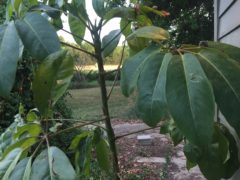
Schefflera Amate
An ideal environment for sheffleras included warm temperatures, and even moisture, and bright, indirect light … Continued
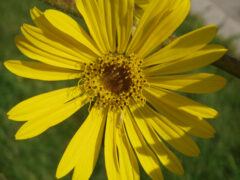
Silphium laciniatum
A native perennial which occurs in prairies throughout most of the Midwest. Tall, sturdy plant … Continued
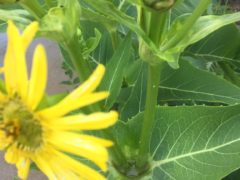
Silphium perfoliatum
Named for the cup-shaped vase where leaves join the stalk, these tall perennials hold water … Continued

Silphium terebinthinaceum
Native to prairies, railroad right-of-ways, and other exposed habitats in the Midwest and portions of … Continued
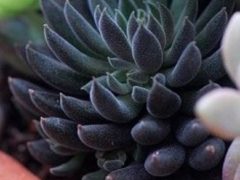
Sinocrassula yunnanensis
A little hard to find, these little clusters of black succulent foliage resemble baby hedgehogs. … Continued
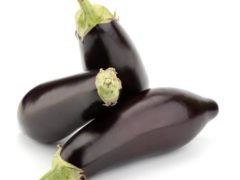
Solanum melongena
‘Patio Baby’ is a petite and ornamental, producing a prolific number of 2 to 3 … Continued
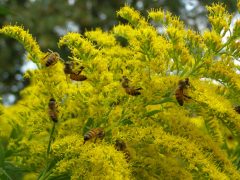
Solidago canadensis ‘Little Lemon’
This native selection is a compact, upright plant growing only 18″ tall and produce dense, … Continued
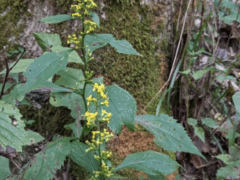
Solidago flexicaulis
Spikes of golden flowers open on black stems that zigzag. Like all goldenrods zigzag supports … Continued
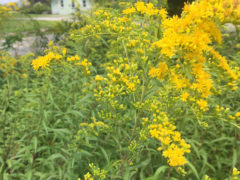
Solidago speciosa
Showy goldenrod is a rhizomatous native perennial which typically occurs in dry soils in open … Continued
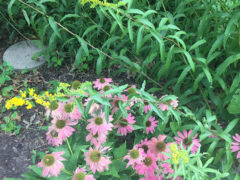
Oligoneuron rigidum {Solidago rigida}
Large, flat medium yellow flower clusters provide late-season nectar for butterflies and, later, seed for … Continued
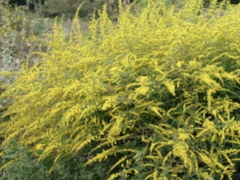
Solidago rugosa 'Fireworks'
Lacy, radiating bloom spikes of sparkling golden-yellow from mid-September past mid-October. Plants grow 3-4′ high. … Continued